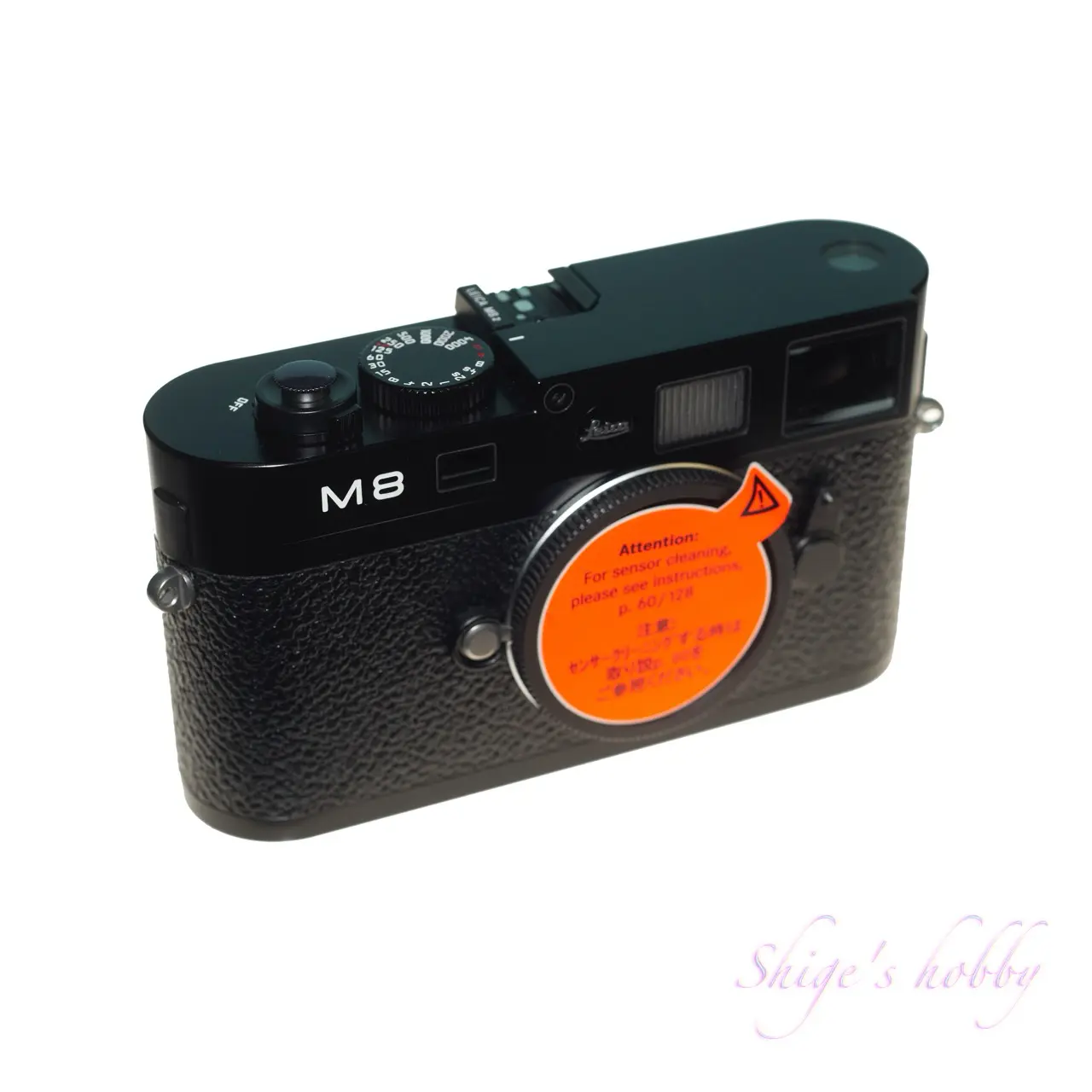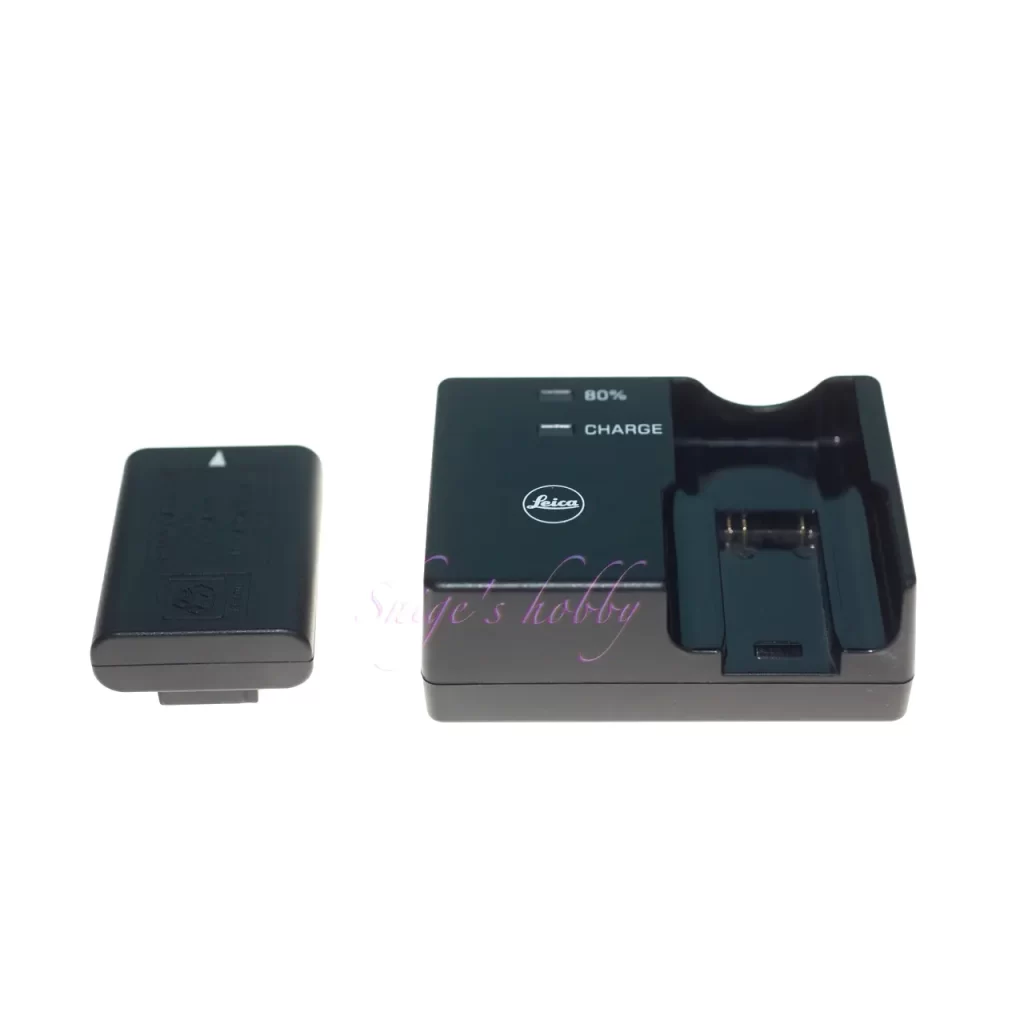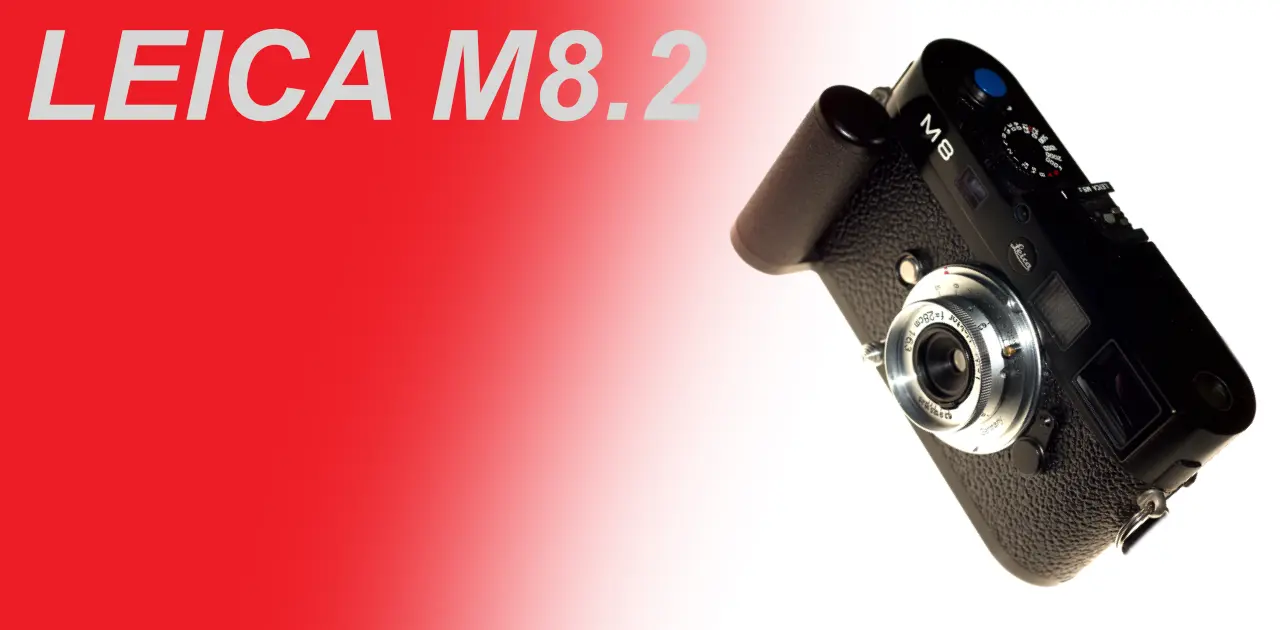Last updated on 2025-10-26
A review and photo examples using the LEICA M8.2 with L39 screw mount lenses including the Red SUMMARON 28mm F5.6.
- Please see the disclaimer regarding advertising here.
- Italicized links in the text are advertisement links that take you to other sites.
Table of contents
Gallery
The following lens were used to take the sample photos:
- KONICA HEXANON 50mm F2.4 L39
- AVENON 28mm L39
- CANON S50mm F1.2 L39
- MINOLTA G-ROKKOR 28mm F3.5 L39
- LEICA SUMMARON 28mm F5.6 L39
- Click on the image to enlarge
Review

1.Overview
The Leica M8.2 (hereafter M8.2) is the 1.5th generation of Leica’s digital rangefinder camera, and is basically the same as the M8.
The main specifications are as follows:
- KODAK-made, APS-H size (the lens focal length is converted to 35mm format by 1.33), 10-megapixel sensor
- Low-pass filter-less specification
- Battery: Leica 144641
- Sapphire glass is used for the LCD cover glass
- Maximum shutter speed: 1/4000
- Minimum ISO sensitivity: 160, maximum ISO sensitivity: 2500
- Changed to a new compact charger (model number 14470)
Leica offered M8 users the opportunity to upgrade their camera to the M8.2 equivalent for 240,000 yen, but perhaps because there wasn’t much demand, they ran a half-price campaign after a while, changing the price to 120,000 yen.
I remember that at the time it was cheaper to trade in your M8 and buy an M8.2 than to pay the upgrade price.

2.Usability
The images captured by the Leica M8.2’s 10 megapixel sensor are still perfectly acceptable.
Up to ISO640, noise increases but resolution is not lost, so it is perfectly usable in select situations. Above ISO1280, it starts to get a bit difficult, and ISO2500 is just a visible image.
The Leica M8.2 is equipped with the same APS-H sensor as the Leica M8, so if you use a lens that does not fit the frame of the built-in viewfinder, you will need to use an external viewfinder. However, because the sensor size is smaller than 35mm format, you will need to prepare a viewfinder that multiplies the sensor magnification.
For example, if you use a lens with a focal length of 15mm, the focal length in 35mm equivalent is 15 x 1.33 = 19.95mm, so you need to compose the shot using a 20mm (the Russian lens Russar uses 20mm) or 21mm (there are many types of 21mm viewfinders, including those for Leica Super-Angulon and Elmarit, Voigtlander, Carl Zeiss, Contax, and Avenon).
The M8.2 uses the same battery, the Leica 14464, as the Leica M8, Leica M9, and Leica M9-P, which can take 500 photos on a full charge, and in actual photography I have rarely encountered a situation where I needed a spare battery.
The battery shape is unique, and I saw a compatible product for a while, but I remember returning it because it did not work properly, probably due to compatibility issues with the camera.
The included charger has been changed to a compact charger (14470). The plug that connects to the outlet is a type that connects a cable to a terminal that looks like glasses, and has a built-in transformer that automatically adjusts the operating voltage so that it can be used in countries with different voltages. Also, a cable with a plug for each country is included, so it can be used in any country where the plug is compatible.
3.Summary
・Differences between M8.2, M8 and M9
It is basically a minor change version of the M8, and the sensor performance is exactly the same. The difference between the two is the reduction in the upper limit of the shutter speed from 1/8000 to 1/4000 due to minor design changes, the adoption of sapphire glass, and the quieter shutter.
This maximum shutter speed of 1/4000 became the standard for all subsequent digital M-type Leicas.
The camera’s operation is also exactly the same as the M8, with a power switch and shutter dial on the top plate, and small buttons for the LCD screen and menu on the back that are only used for settings.
The same parts as the LEICA Digital Module R are used for the dials and buttons, as with the M8.
The shutter sound of the M8.2 is a little quieter (less shrill) than the loud, haunting sound of the M8, but it is still louder than the shutter sound of the Leica M typ240 (hereafter, M240) and later.
The two years of evolution since the release of the M8 have not been able to improve the UV/IR problem of the Kodak sensor, and that improvement will be carried over to the Leica M9 (hereinafter referred to as the M9). The M9 has a unique major problem of the sensor cover glass breaking, and I think that the M240 is finally a camera that can be used safely.
The charger (order number 14463) for the old camera M8 is large and has replaceable plugs for the outlet, and it came with three plugs including one for Japan. As mentioned above, the M8.2 and M9 come with a compact charger (order number 14470).
The big topic of the M9 is that it is equipped with a 35mm full-frame sensor, and there is no big difference between the M8.2 and the M8.2 in terms of operability other than that. For details of the M9, please refer to the M9 page.
・Used camera
Even so, the M8.2 is traded at a higher price than the M8, but considering the results of the photography, I wonder if it is worth the price difference. Basically, digital cameras are almost perishable, so I have some doubts about the current situation where unrepairable cameras are traded at high prices. I fully understand that it is difficult to supply parts, but for a company of Leica’s scale, it would be good to have a service where the camera body is standardized and the user can choose the sensor. If the M11 body can be equipped with an M9 sensor, there would be no need to unnecessarily charge high prices for used cameras.
・Safari color
A few years ago, I had the chance to buy the M8.2 Safari at a reasonable price, but I passed it up due to financial reasons. It’s unfortunate that I didn’t see it on the market anymore, and even if it did, it would be at a premium price.
Unlike the M-P (Typ240) Safari and M10-P Safari, the design of the Safari color body with a red badge tickled the hearts of Leica enthusiasts. The D-LUX4 Safari has a similar design.
・Upgrade
Paid upgrades for cameras, as mentioned in the camera overview, are very rarely offered by Japanese manufacturers.
The tricky thing about paid camera upgrades is that the upgrade price is relatively expensive, and if it is a popular model, there is little merit to continuing to use it even after upgrading, as the advantage of getting a new model and a new warranty period is greater if you trade it in for a new one. Upgrades also come with extended warranties, but it goes without saying that a new product warranty is more attractive. Also, unlike film cameras, digital devices are largely influenced by the fact that various parts are disposable, such as the lifespan of the circuit board, sensor, and battery.
Specifications and series camera comparison
Comparing the specifications, we can see that the LEICA M8 and LEICA M8.2 are almost the same. Also, the pixel pitch of the LEICA M9 sensor is the same as the LEICA M8 and M8.2, but because it has been expanded to a 35mm full-frame sensor, the number of pixels has increased in proportion to the increase in the sensor area. The bodies and operation systems of these three cameras are almost the same, and it can be seen that they have steadily stepped up as cameras.
| Items | M8 | M8.2 | M9 |
| Effective pixels(Megapixels) | 10.3-Megapixels | 10.3-Megapixels | 18.0-Megapixels |
| Sensor manufacturer and model number | Kodak KAF10500 | Kodak KAF10500 | KAF-18500 |
| Sensor size | APS-H Size 27 x 18mm | APS-H Size 27 x 18mm | 35mm Full frame 35.8 × 23.9 mm |
| Rear LCD | 2.5 inch 23 million dot | 2.5 inch 23 million dot Sapphire cover glass | 2.5 inch 23 million dot |
| Viewfinder Magnification | 0.68 | 0.68 | 0.68 |
| Mechanical Shutter speed | 1/8000 | 1/4000 | 1/4000 |
| Battery | Leica 14464 | Leica 14464 | Leica 14464 |
| Recorded Media | SD | SD | SDHC |
| Size(mm) W x H x D | 139 x 80 x 37 | 139 x 80 x 37 | 139 x 80 x 37 |
| Weight (g) (without battery) | 545 | 545 | 585 |
| Release date | 2006.11 | 2008.9 | 2011.6.30 |
| Body color | Black Silver White | Black Silver Safari | Black Steel gray |
Options
- LEICA M8/M8.2/M9/M9-P Hand Grip (replace bottom cover)
- Thumbs Up
- LEICA M8・Shige’s hobby
- LEICA M9・Shige’s hobby
- LEICA M9-P・Shige’s hobby
Reference links
- LEICA M8 description page by Wikipedia
- Links to examples using M8.2 on this site
Update history
- 2025.7.3
- 2024.07.18
- 2024.02.20:Update
- 2023.10.19:First draft
Affiliate links
- Please see the disclaimer regarding advertising here.
- Italicized links in the text are advertisement links that take you to other sites.
- Amazon Affiliate Link Leica Lens
- Amazon Affiliate Link Leica Books
- Amazon Affiliate Link / Classic Camera Specialty

Amazon Prime Sale



Be First to Comment